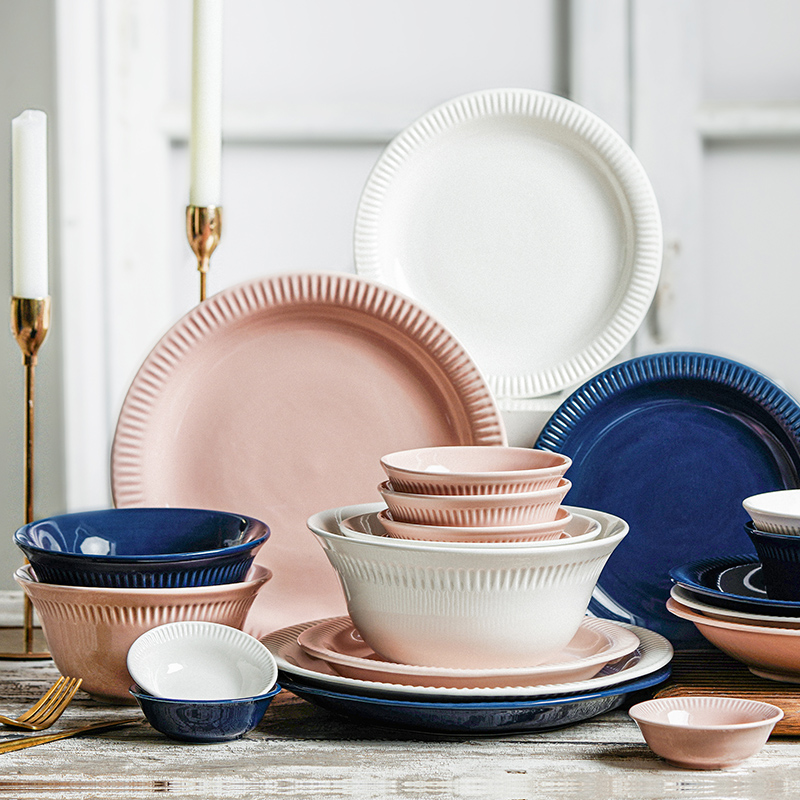Indoor Plant Stand
Mix and Match: Creative Ideas for Combining Dinnerware Patterns and Colors
Combining different dinnerware patterns and colors is a fantastic way to infuse personality and creativity into your dining experience. It breaks away from the traditional, uniform table settings and opens up endless possibilities for creating visually captivating and unique tablescapes. This blog will delve into the art of mixing and matching dinnerware, offering creative ideas and practical tips to help you create stunning and cohesive table settings for any occasion.
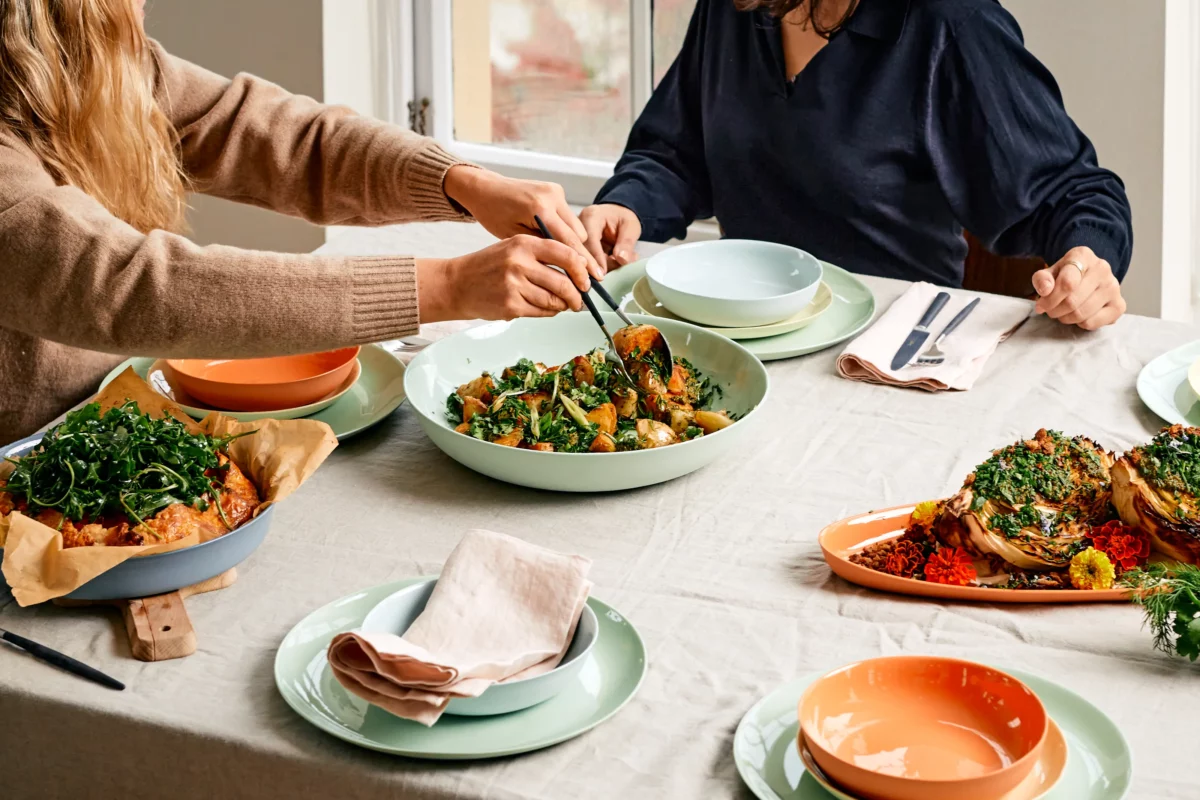
1. Introduction to Mixing and Matching Dinnerware
Mixing and matching dinnerware is about more than just aesthetics; it’s about creating an experience that reflects your personal style and sets the tone for your gathering. Whether you’re hosting a formal dinner party, a casual brunch, or a festive holiday meal, a thoughtfully curated table can leave a lasting impression on your guests. Here are some fundamental principles to keep in mind as you begin your journey into the world of mix-and-match dinnerware.
1.1. Understanding the Basics
Before diving into specific ideas and tips, it’s essential to understand some basic concepts of mixing and matching dinnerware:
- Balance: Achieving a balanced look involves distributing patterns and colors evenly across the table. This prevents any one element from overwhelming the rest.
- Cohesion: While mixing different patterns and colors, ensure there is a unifying element, such as a common color palette or theme, to tie everything together.
- Proportion: Pay attention to the size and scale of your dinnerware pieces. Mixing oversized plates with smaller ones can create visual interest but should be done thoughtfully to maintain harmony.
1.2. The Benefits of Mixing and Matching
There are several benefits to adopting a mix-and-match approach to your dinnerware:
- Versatility: Mixing and matching allow you to use your dinnerware for various occasions without needing multiple complete sets.
- Personal Expression: This approach provides a platform for showcasing your creativity and personal style.
- Resourcefulness: It encourages you to utilize existing pieces and add new ones gradually, which can be cost-effective.
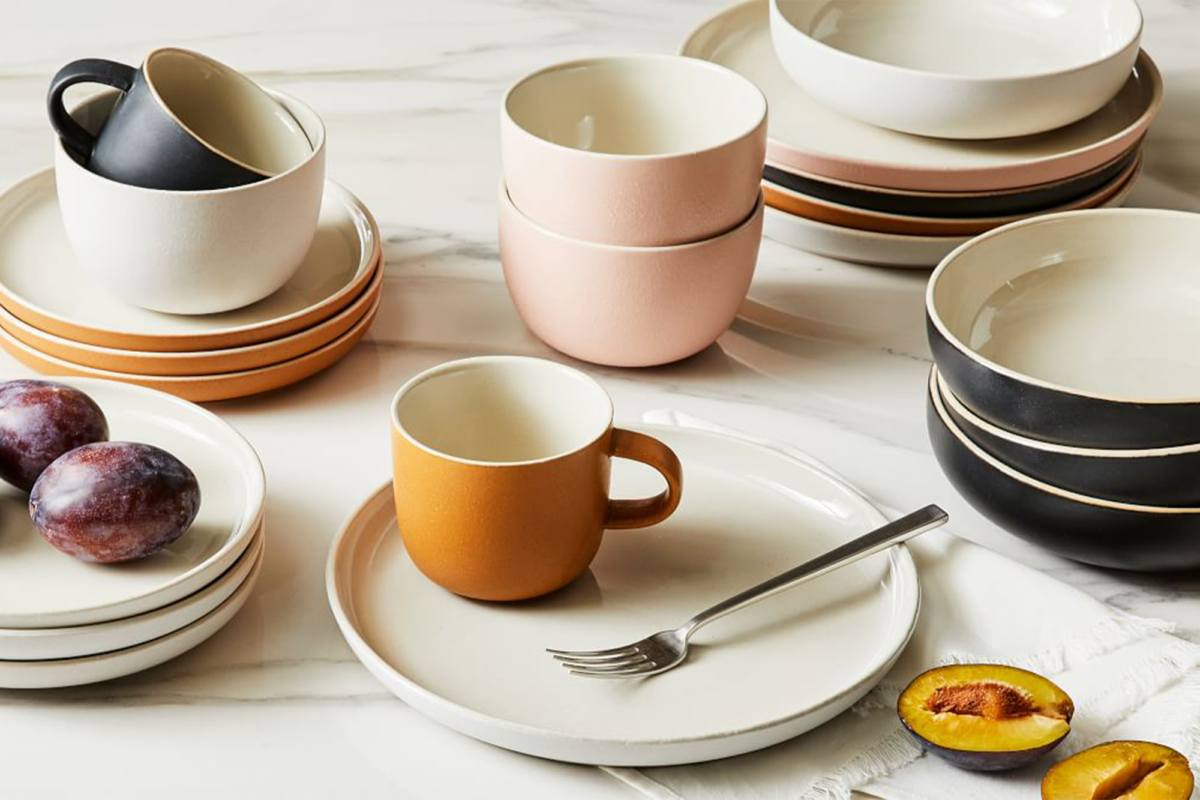
2. Getting Started: Building Your Collection
Creating a versatile dinnerware collection for mixing and matching can be an exciting process. Start by evaluating what you already have and identify gaps that need to be filled. Here are some steps to guide you through building a cohesive and versatile collection.
2.1. Assess Your Existing Dinnerware
Begin by taking stock of your current dinnerware pieces. Lay them out and examine the patterns, colors, and materials. Identify the pieces you love and those you can do without. This will give you a clear idea of what you need to complement your existing collection.
2.2. Choose a Color Palette
Selecting a cohesive color palette is crucial for a successful mix-and-match dinnerware collection. Opt for colors that complement each other and can be easily integrated with various patterns. Neutral tones, such as white, beige, and gray, are versatile and can be paired with bolder colors and patterns for a balanced look.
2.3. Incorporate Different Patterns
Incorporate a variety of patterns into your collection. Start with classic patterns like stripes, checks, and florals, and then experiment with more intricate designs like geometric shapes, abstract art, and ethnic motifs. Remember to mix patterns with varying scales to create depth and visual interest.
2.4. Experiment with Materials
Don’t limit yourself to just one material. Mixing different materials, such as porcelain, stoneware, and glass, can add texture and dimension to your table settings. Combining rustic, handmade pieces with sleek, modern designs can create a dynamic and eclectic look.
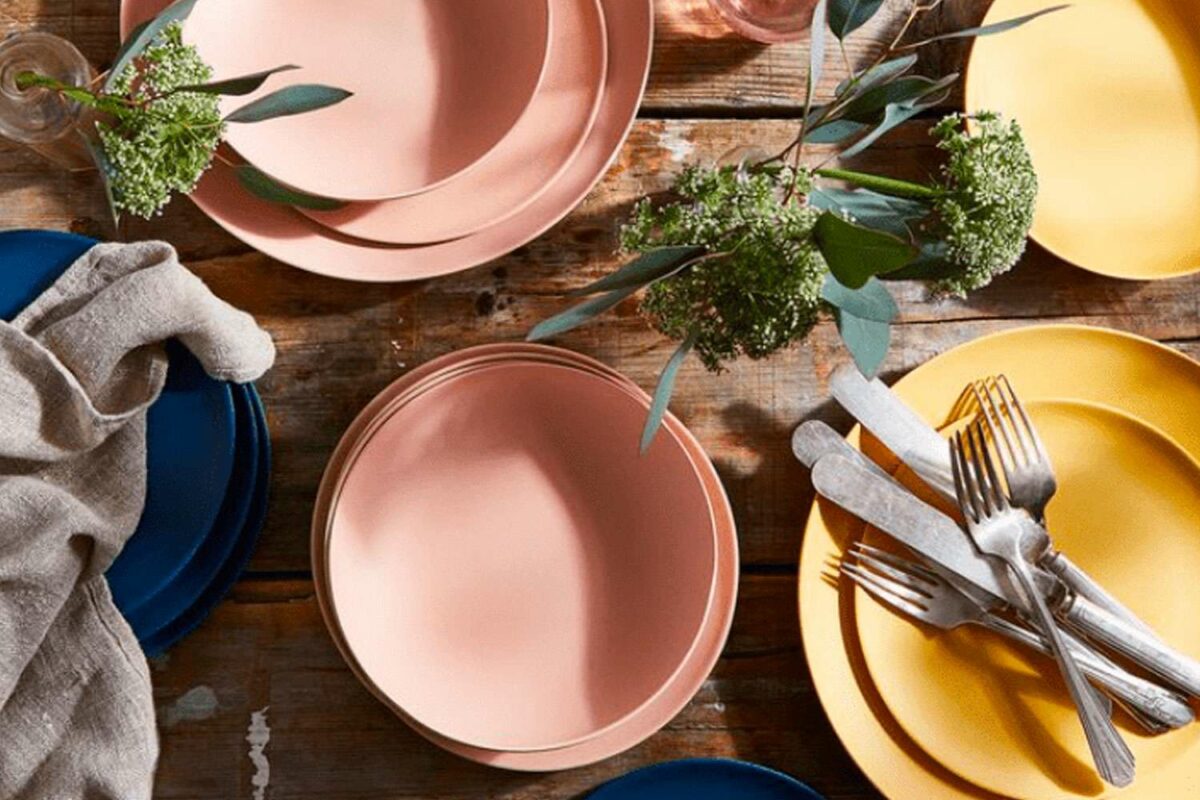
3. Creative Ideas for Mixing and Matching
Now that you have a foundation, it’s time to explore creative ways to combine your dinnerware patterns and colors. Here are some ideas to inspire you:
3.1. Layering for Visual Interest
Layering is a powerful technique for creating depth and visual interest. Start with a neutral base, such as a plain white or cream-colored plate, and layer smaller, patterned plates or bowls on top. This creates a focal point and allows the patterns to stand out without overwhelming the table.
3.2. Using Color as a Unifying Element
Choose a dominant color that appears in all your dinnerware pieces to create a sense of unity. For example, if you have a blue and white floral plate, pair it with a solid blue bowl and a white plate with a blue rim. This cohesive color scheme ties everything together, even if the patterns are different.
3.3. Playing with Contrasts
Contrast can add excitement and energy to your table settings. Pairing bold, vibrant patterns with more subdued, neutral ones creates a dynamic look. For example, combine a bright, colorful salad plate with a simple, monochromatic dinner plate to achieve a balanced contrast.
3.4. Embracing Eclecticism
An eclectic approach allows you to mix and match freely, creating a table setting that reflects your personality and creativity. Combine vintage pieces with modern designs, mix cultural influences, and play with unexpected combinations. The key is to maintain a sense of balance and cohesion through color, theme, or material.
3.5. Seasonal and Thematic Settings
Tailor your mix-and-match dinnerware to specific seasons or themes. For a summer gathering, use light, pastel colors and floral patterns. For a cozy winter dinner, opt for deeper, richer tones and rustic textures. Thematic settings can add a festive touch and enhance the overall dining experience.
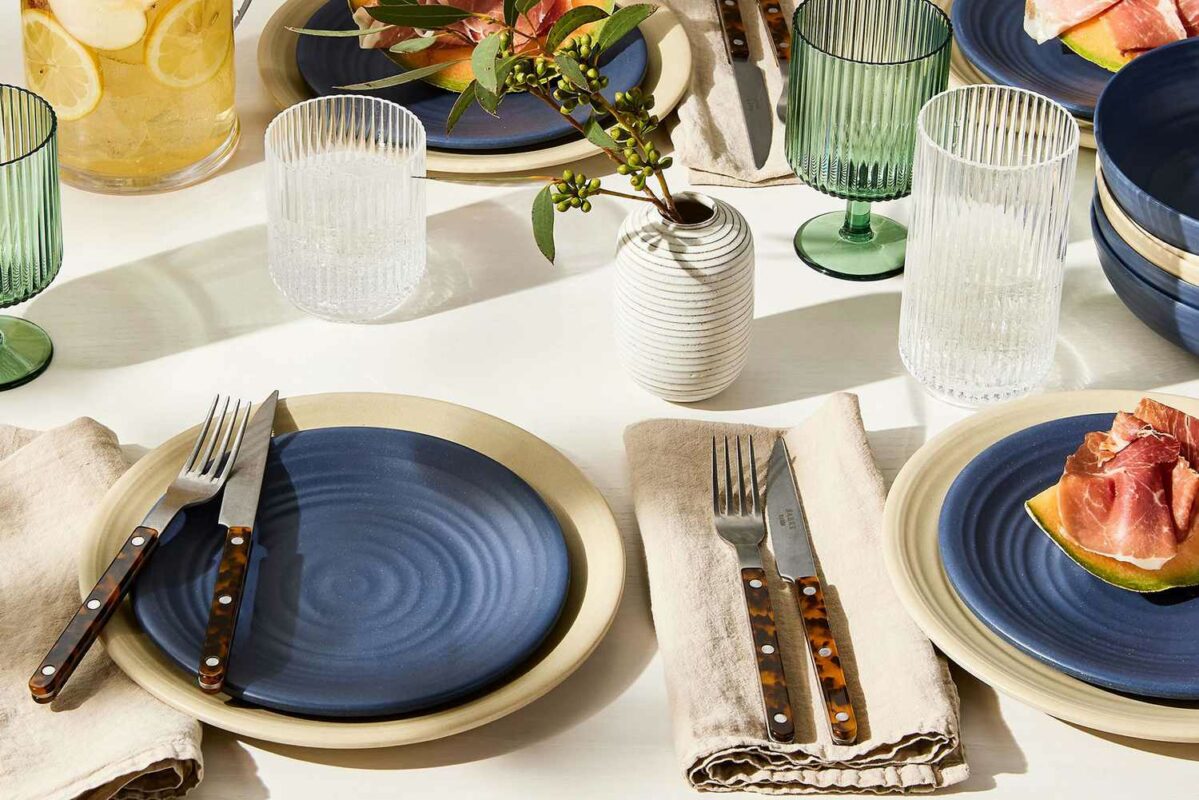
4. Practical Tips and Tricks
While mixing and matching dinnerware is an art, there are some practical tips and tricks to help you achieve the best results.
4.1. Start Small
If you’re new to mixing and matching, start with small accents, such as salad plates, bowls, or mugs. This allows you to experiment without committing to an entirely new set of dinnerware.
4.2. Use Table Linens and Accessories
Table linens and accessories, such as napkins, placemats, and centerpieces, can enhance your mix-and-match dinnerware. Choose linens that complement your color palette and patterns to tie everything together. Accessories like chargers, coasters, and table runners can also add an extra layer of style.
4.3. Balance Bold and Subtle
When combining bold patterns and colors, balance them with more subtle pieces to avoid overwhelming the table. For instance, if you have a vibrant, patterned plate, pair it with a solid-colored plate or bowl to create a harmonious look.
4.4. Pay Attention to Proportions
Consider the size and scale of your dinnerware pieces. Mixing oversized plates with smaller ones can create visual interest but should be done thoughtfully. Ensure that each piece complements the others in terms of proportion and scale.
4.5. Trust Your Instincts
Ultimately, mixing and matching dinnerware is a personal and creative process. Trust your instincts and have fun experimenting with different combinations. The goal is to create a table setting that reflects your unique style and enhances the dining experience.
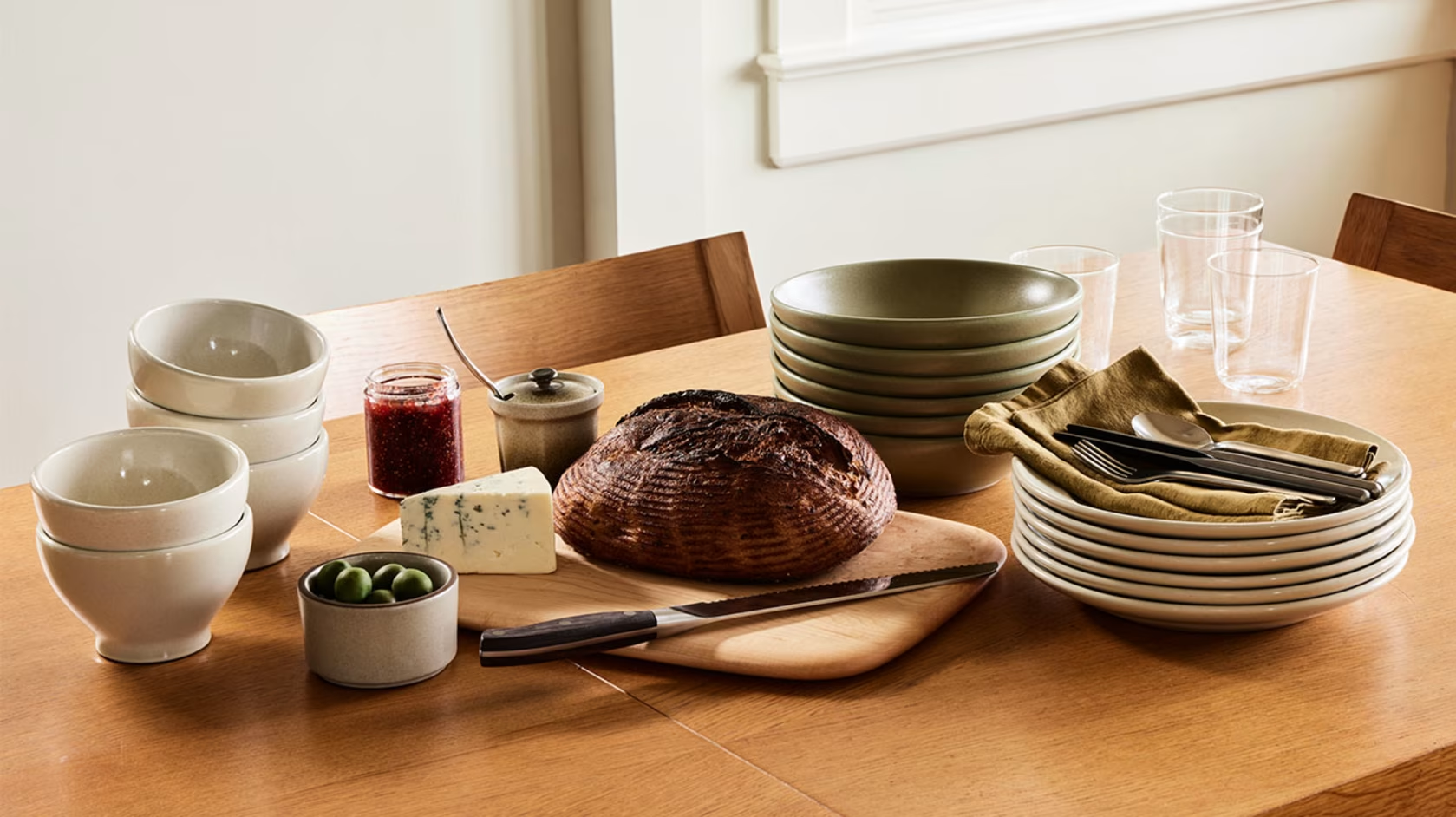
5. Real-Life Examples and Inspirations
Let’s take a look at some real-life examples and inspirations to see how mixing and matching dinnerware can be applied to various settings.
5.1. Casual Brunch Setting
For a casual brunch, consider a mix of playful patterns and bright colors. Start with a neutral base, such as a white tablecloth, and layer with patterned plates in complementary colors. Add colorful bowls and mugs, and finish with fresh flowers and simple, elegant flatware. The result is a cheerful and inviting table setting perfect for a relaxed meal with friends and family.
5.2. Formal Dinner Party
For a formal dinner party, opt for a more sophisticated and elegant approach. Choose a cohesive color palette, such as gold and white, and mix patterns like delicate florals, intricate geometrics, and classic stripes. Use crystal glassware, polished silverware, and luxurious linens to enhance the refined atmosphere. The key is to maintain balance and harmony while adding touches of glamour and sophistication.
5.3. Holiday Feast
A holiday feast provides an excellent opportunity to get creative with your dinnerware. Choose festive colors, such as red, green, and gold, and mix patterns like holly, snowflakes, and plaid. Incorporate rustic elements, such as wooden chargers and linen napkins, to add warmth and charm. Don’t forget to add seasonal decorations, like candles, pinecones, and ornaments, to complete the festive look.
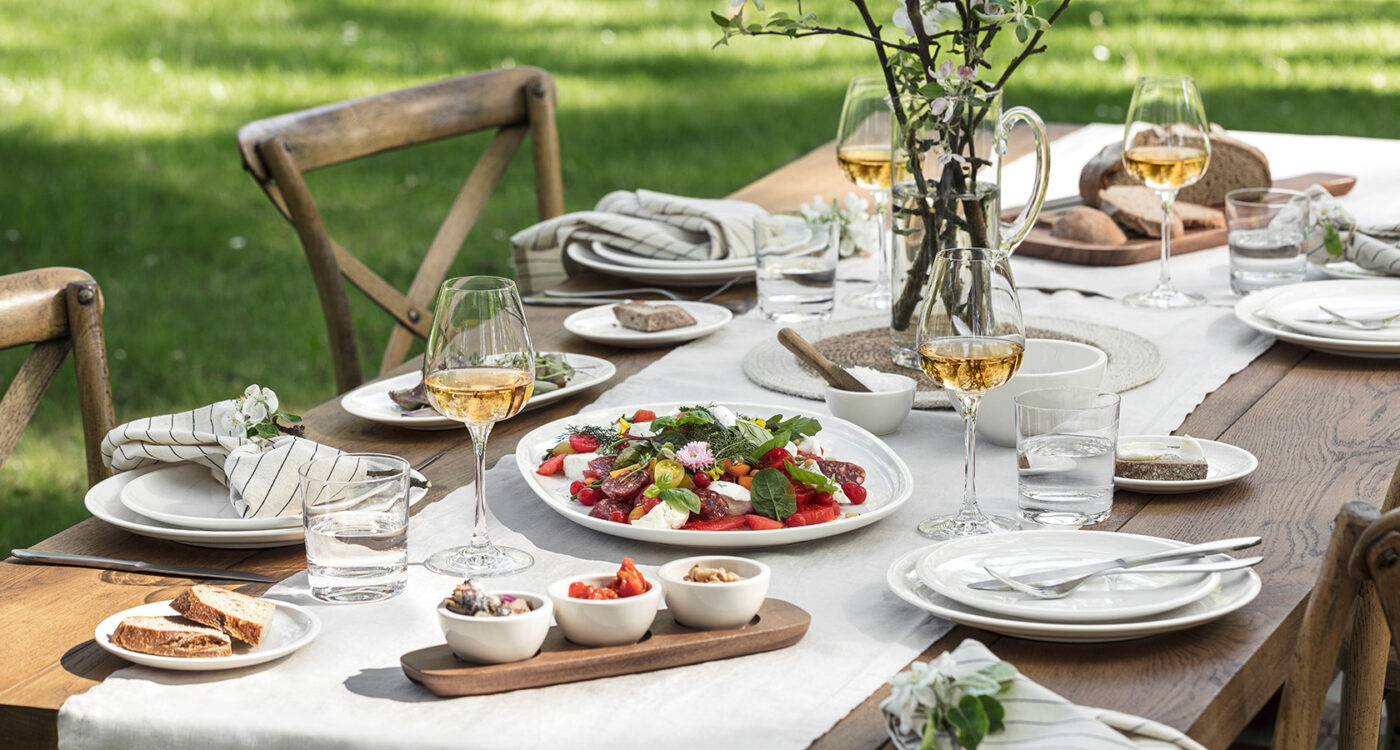
Mixing and matching dinnerware is not just a trend; it’s a dynamic and creative way to transform your dining experience. By experimenting with different patterns, colors, and materials, you can craft a unique and personalized table setting that reflects your style and enhances every meal. Whether you’re hosting a casual brunch, a formal dinner party, or a festive holiday feast, the principles of balance, cohesion, and proportion will guide you in creating stunning and memorable table arrangements. Embrace the versatility of your dinnerware, trust your creativity, and enjoy the process of curating a table that is both beautiful and functional. With a thoughtful approach, mixing and matching can turn any meal into a celebration of artistry and design, making every dining experience special.

